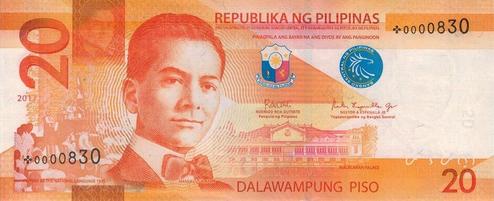
Manuel Luis Quezon y Molina, a seminal figure in Philippine history, was born on August 19, 1878, in Baler, Tayabas (now Aurora). His early life, influenced by his mestizo background of predominantly Spanish heritage, set the stage for a remarkable career that would see him become a prominent leader in the Philippines. Quezon’s early education was in his hometown, but he later moved to Manila for further studies. He attended San Juan de Letran College, excelling in his studies, and then pursued a law degree at the University of Santo Tomas. His time in academia was a foundation for his future political and legal pursuits.
Quezon’s initial foray into the public sphere was not in politics but in the military. He joined the Philippine revolutionary forces led by Emilio Aguinaldo, participating in the fight against Spanish colonial rule. However, in 1900, he surrendered to American forces, marking a transition point in his career.
After his military involvement, Quezon shifted to a legal career, quickly making a name for himself. His talents were recognized by the American colonial administration, which found his intelligence and charisma advantageous. In 1906, he was elected as the mayor of Tayabas, marking the beginning of his formal political journey.
Quezon’s political ascent was rapid. After serving as mayor, he became a leader in the first Philippine Assembly. His ability to navigate the complex political landscape of the American colonial period was noteworthy. He was instrumental in the establishment of the Nacionalista Party, which played a significant role in Philippine politics.
Quezon’s national prominence grew, and he became a major figure in the movement for Philippine independence. He was elected as the President of the Senate, a position he held for 19 years. His tenure was marked by his advocacy for Philippine autonomy, a cause he championed throughout his career. In 1935, Quezon reached the pinnacle of his political career when he was elected as the first President of the Commonwealth of the Philippines, a transitional and Legacy
As President, Quezon initiated significant reforms, focusing on social justice, economic development, and the establishment of a national defense system. He was known for his “Social Justice Program,” which aimed to address the disparities between the rich and the poor. Quezon’s tenure was also marked by the development of a national language, Filipino, based on Tagalog, which played a crucial role in fostering national identity. He also worked on the reformation of the government system, education, and land issues. His second term as President was disrupted by World War II. During the Japanese invasion of the Philippines, Quezon established a government-in-exile in the United States, where he continued to work for the Philippine cause until his death.
Manuel L. Quezon’s health began to decline while in exile due to tuberculosis. He passed away on August 1, 1944, in Saranac Lake, New York. His death was a significant loss to the Philippines.

